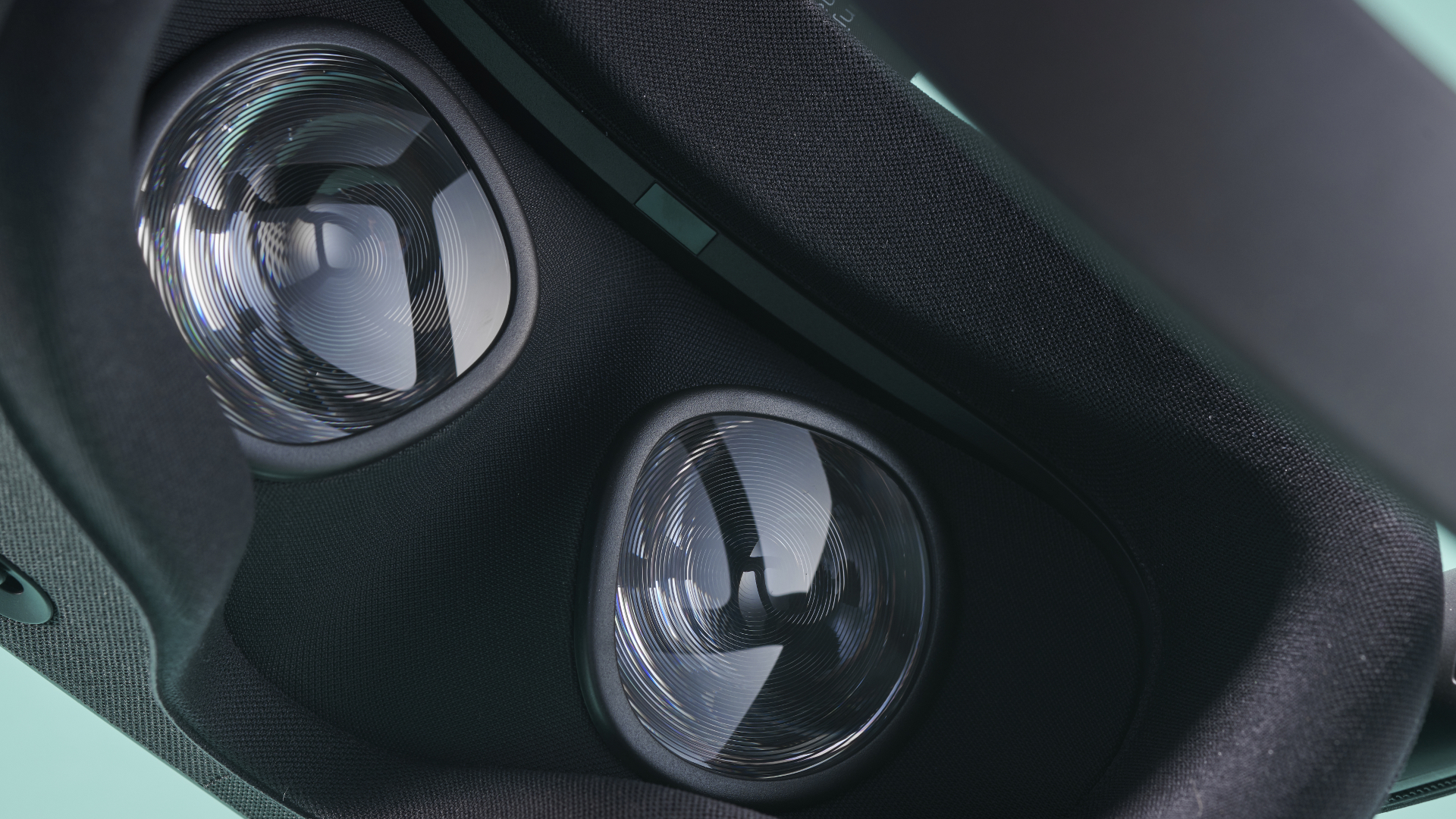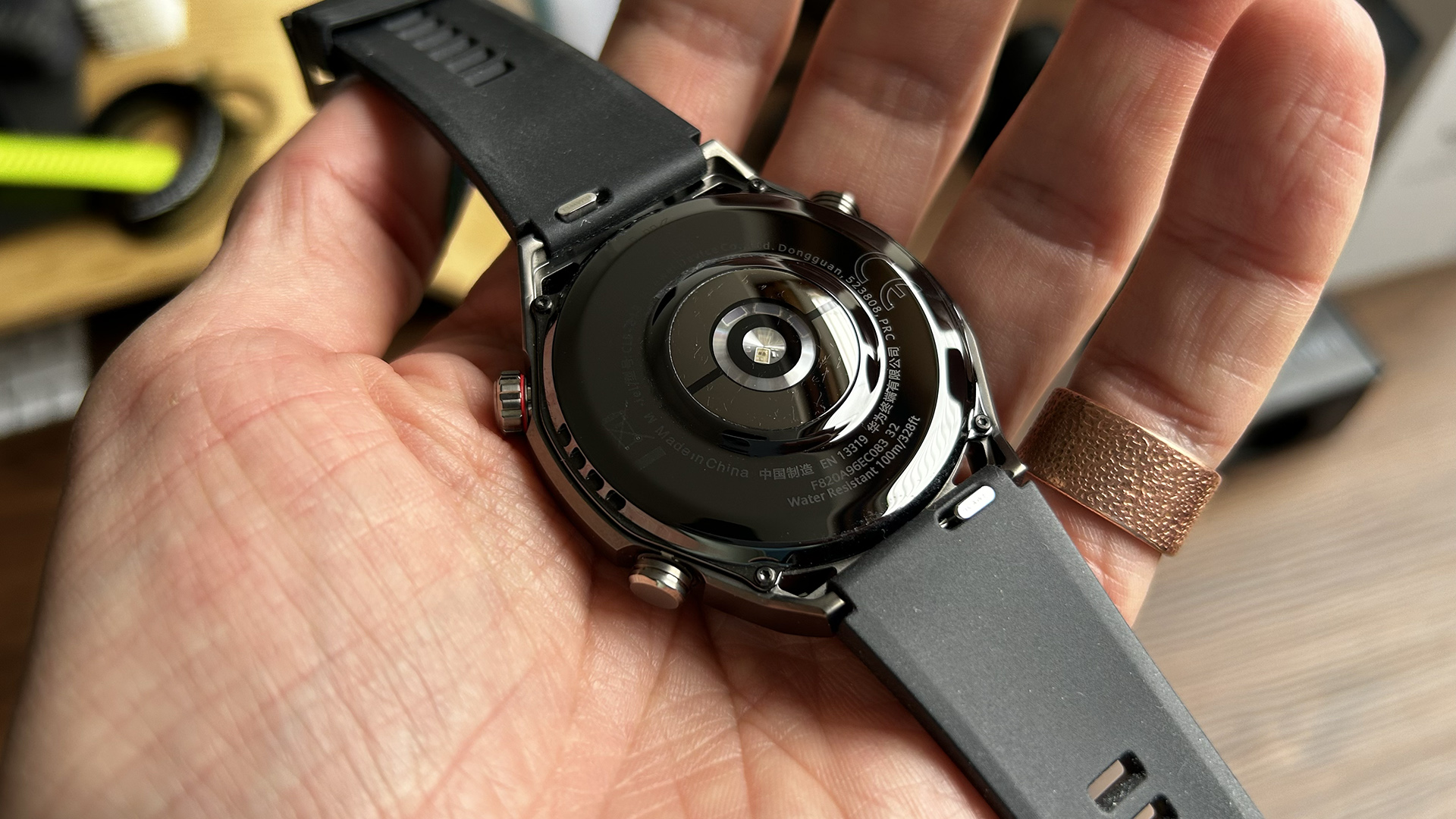

Apple has been pursuing an interest in augmented reality (AR) for years, making it a centrepiece of just about every recent iPhone and iPad launch (and you can bet we're expecting to see it again when the iPhone 13 arrives). It's long been thought that some kind of AR glasses is Apple's planned endgame for the tech, and a new report confirms this – but says that an awesome-sounding 8K VR headset will be a key first stop along the way.
The report is from Ming-Chi Kuo, and was seen by MacRumors. In it, Kuo says that Apple is currently planning to launch its AR glasses in 2025, but in 2022 we can expect to see the launch of a VR/mixed reality (MR) headset with an incredible 8K OLED screen.
The idea of the MR headset is that it can function as a VR headset, but more than a dozen cameras on the outside can also pass through a realistic 3D view of what's around you even when the visor's obscuring your vision. Of course, the processor in the visor can be analysing what it's looking at and adding extra information to overlay on it – that's the 'mixed reality' part.
Apple is reportedly planning 8K 'micro-OLED' displays in this headset, with the ultra high-resolution screens meaning that it won't feel so much like you're looking at a display… at least it will as long as the cameras are equally sharp. The cameras will also track hand movements, according to the report, which could mean you can interact with the overlaid information. We wouldn't be surprised to see an AR-enhancing LiDAR scanner on there too, just like the iPhone 12 Pro and iPad Pro (2020) include.
- Apple event date leaks: here's when we'll see AirTags, AirPods 3, and new iPad
- OnePlus 9 series set to land March 23 – all you need to know
- PS5 restock: follow these top retailer tips to maximise your changes of bagging a PS5 this week
This approach to mixed reality is by no means fanciful – the Oculus Quest 2 actually already does something similar. A few cameras on the outside can create a basic view of what's around you, which is mostly used to help you locate the controllers, or to draw a safe area for movement in your room. It looks very basic on that device, but it absolutely works. Crank up the camera and screen quality, and who knows what's possible?
The plans sound a lot like the Oculus Quest in many regards – the report says that Apple's aim is to have processing and everything on board, so that the device is "portable", however Kuo says that it won't be "mobile" in the way that an iPhone is, so we take that to mean no 4G or 5G connection for pulling in data.
Interestingly, Ku says that while current prototypes for the VR headset are 200-300 grams, Apple hopes to have its total weight down to just 100-200 grams. Given that the Oculus Quest 2 is 500 grams, either weight would be much lower, and more comfortable to wear.
Sign up to the T3 newsletter for smarter living straight to your inbox
Get all the latest news, reviews, deals and buying guides on gorgeous tech, home and active products from the T3 experts
All of these advancements come at a price, though: Kuo says we should expect it to cost around $1,000. This would make it a very niche product, no doubt, aimed more at pro applications and, perhaps, as a developer preview of the smart glasses that may be Apple's long game.
Kuo says that Apple is aiming for a 2025 release at the earliest for the smart glasses, which would surely aim to take some of the mixed-reality concepts from the larger headset. However, Kuo also says that there are no current prototypes of the glasses, which means any estimate is optimistic.
Kuo has a good reputation for Apple info, particularly when it comes to features, but can be weaker on predicting timelines. We'll take the glasses timing as more of a guesstimate, then, but let's tentatively hope for a VR platform launch at WWDC 2022 based on this report.
Matt is T3's former AV and Smart Home Editor (UK), master of all things audiovisual, overseeing our TV, speakers and headphones coverage. He also covered smart home products and large appliances, as well as our toys and games articles. He's can explain both what Dolby Vision IQ is and why the Lego you're building doesn't fit together the way the instructions say, so is truly invaluable. Matt has worked for tech publications for over 10 years, in print and online, including running T3's print magazine and launching its most recent redesign. He's also contributed to a huge number of tech and gaming titles over the years. Say hello if you see him roaming the halls at CES, IFA or Toy Fair. Matt now works for our sister title TechRadar.
-
 Quietly, this Chinese brand built one of the most comprehensive health wearable systems in the world
Quietly, this Chinese brand built one of the most comprehensive health wearable systems in the worldWith the launch of the Distributed Super-Sensing Module, Huawei returns to the top of the wearable market in top form
By Matt Kollat
-
 6 offbeat products from premium outdoor and fitness labels you didn't know existed
6 offbeat products from premium outdoor and fitness labels you didn't know existedWho would have thought these products existed?
By Matt Kollat